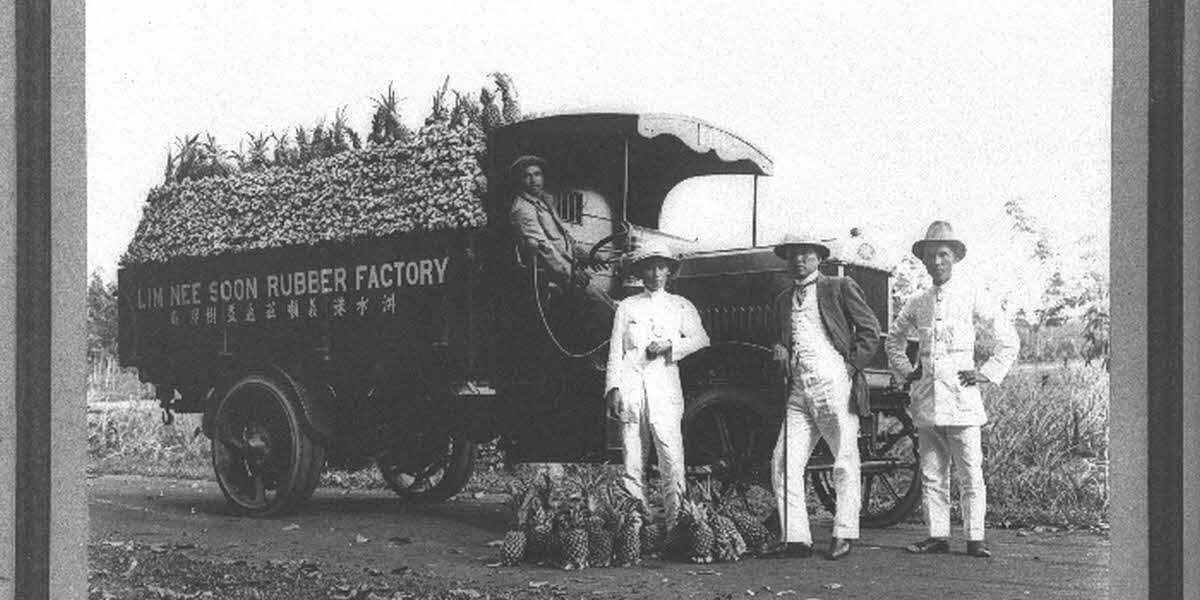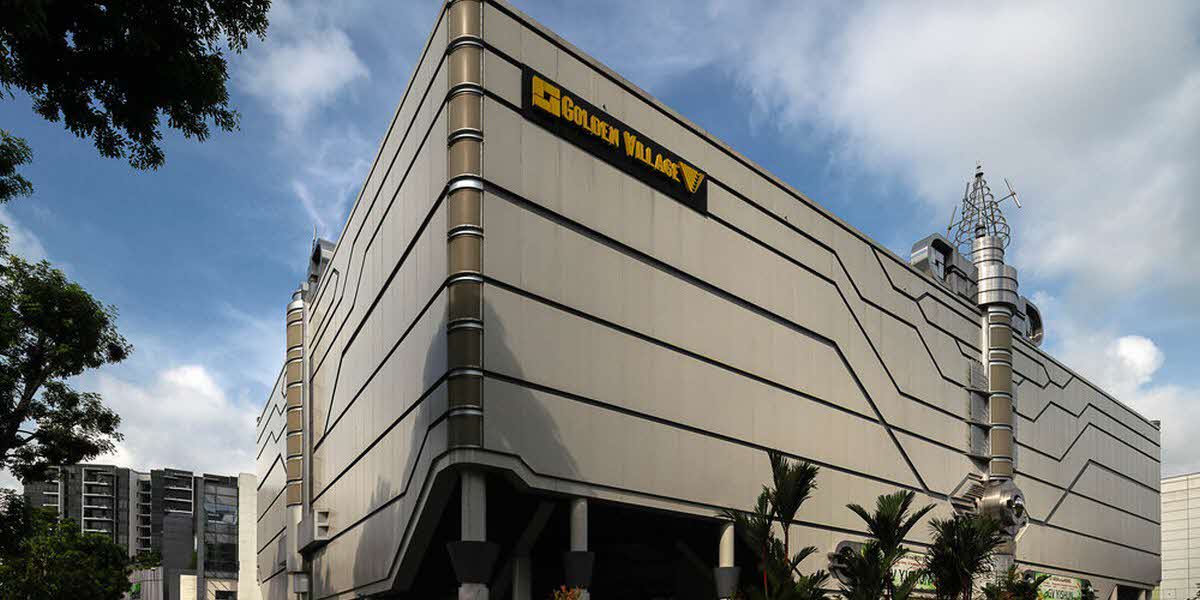Families For Life | Discover SG: Yishun’s Community Heritage
Tucked in the north of Singapore, Yishun is a vibrant community with a long and interesting heritage. Gambier and pepper were grown in the area before being replaced by rubber and pineapple in the early 1900s, making it a hub of trade and plantations. Today, Yishun is home to around 200,000 residents. It boasts one of Singapore's oldest Housing and Development Board (HDB) towns with many historical landmarks that hark back to its rich past, which you can explore on a heritage trail.
Meet the Pineapple King
If you have ever wondered what “Yishun” means, it is the Mandarin pronunciation of the name of a prominent banker and businessman, Mr Lim Nee Soon. He was associated with the area because he made much of his wealth from the pineapple and rubber plantations of Yishun and Sembawang.
Mr Nee Soon was a celebrated community leader and philanthropist, and was a close friend of the first provisional president of the Republic of China, Sun Yat Sen. Eventually the plantations were shut down or moved, but the little village known as Nee Soon Village, which had formed from the settling down of plantation workers, grew to become the Yishun we know today.

Image source: Frasers Property
Colonial buildings
If you go off the beaten track in Yishun you may just come upon a quaint building that is an echo from the colonial age. This bungalow at 50 Bah Soon Pah Road is widely believed to be Lim Nee Soon’s home and also served as the residence for the General Manager of the Sembawang Rubber Estate. The use of the surrounding land has also evolved over time, from being a gambier and pepper plantation, to a pineapple and rubber plantation, to village clusters, to a site for agriculture and horticulture, and next a new HDB residential area.
Over at the junction of Sembawang and Upper Thomson Roads, is the former Nee Soon Post Office, an example of the old two-storey post office buildings that used to be found all over Singapore. Today, it survives and has been repurposed into a veterinary clinic.
Reservoirs: protecting our taps
Both the Lower and Upper Seletar Reservoirs are the perfect places to visit with the family for a scenic day out in nature. As part of efforts to help provide water to the quickly growing local population, the Seletar River was dammed in 1920 to create the water catchment area that the reservoir has become today. To this day, it stands as an example of the forward-thinking that helped build the country and provides Yishun locals with clean water from near their homes.
Yishun 10 out of 10
Golden Village Yishun is now a popular movie cineplex in the area, but back when it was first constructed, it was called Yishun 10 and was revolutionary in the cinema industry. Named Yishun 10 from its 10 movie halls, the cineplex was the first multiplex in Asia, meaning it was the first building with multiple movie halls in one location. This design was criticised at first as it was doubted if there was enough demand to fill so many seats, but Yishun 10 defied all odds and has been a huge hit ever since.

Image source: docomomo.sg